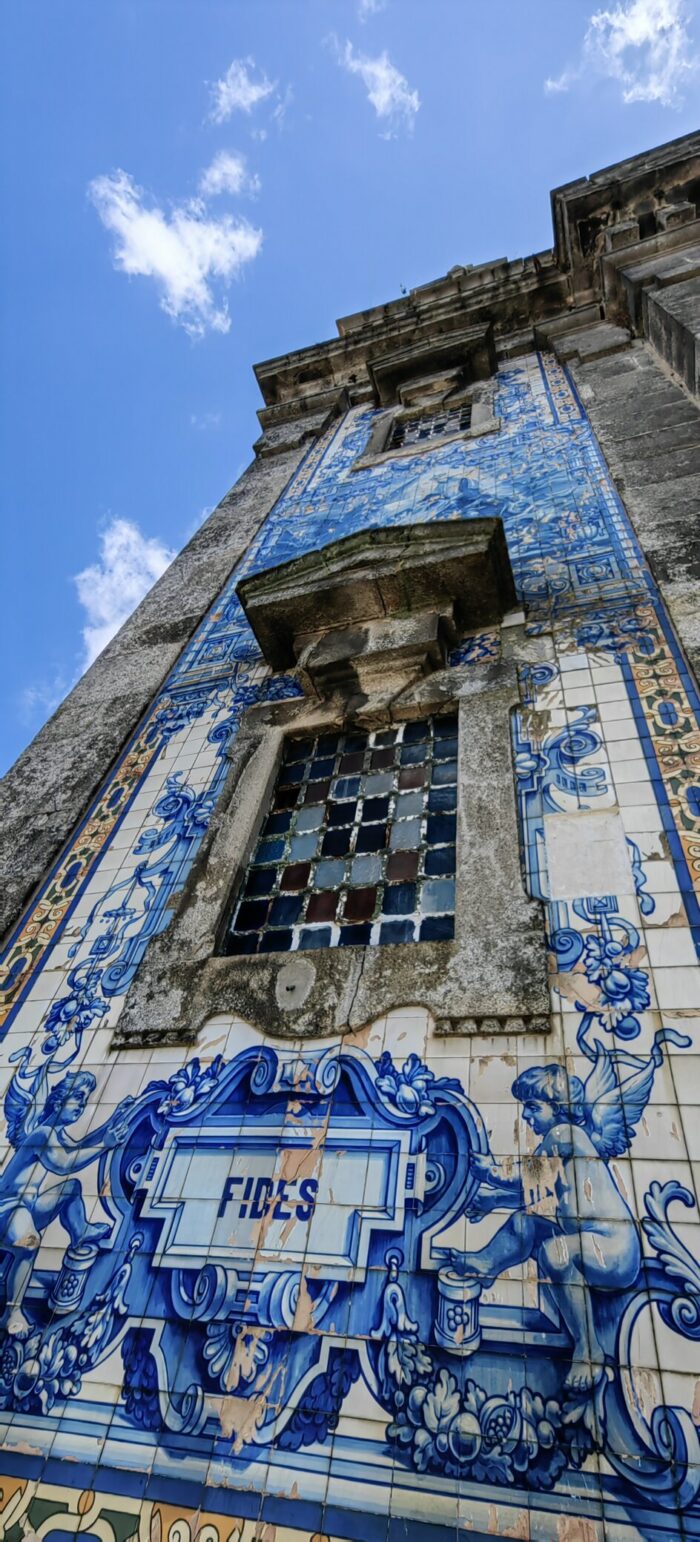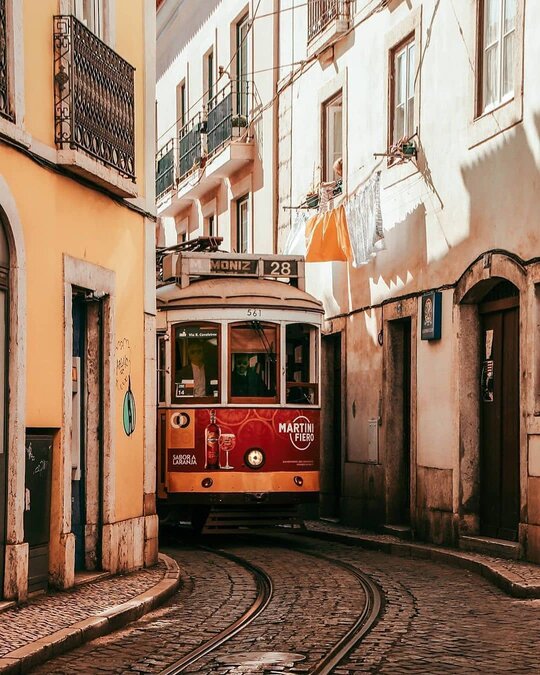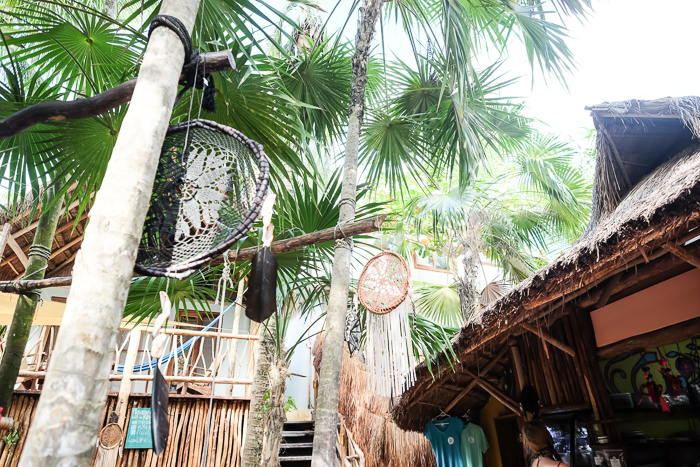
This was just going to another fun and light eco-friendly destination guide, this time to Tulum, Mexico. And I was excited to write it!
A version of this article previously appeared on Ecocult.
On its surface, Tulum is tailor-made for the conscious traveler. There is an abundance of vegan and farm-to-table restaurants serving traditional Mexican food. You can’t throw your sandal without hitting a sign for an eco resort. The most popular activities include visiting ruins and learning about the Mayan culture, drinking mezcal cocktails on the beach, getting a massage at a green spa, exploring the nature reserve for an afternoon, and swimming in the cenotes, the area’s natural and gorgeous answer to swimming pools. It’s the authentic and sustainable answer to nearby party spot Playa del Carmen. Our friends who were staying in “Playa,” as they called it, talked regretfully of that decision and vowed to stay in Tulum on their next trip. I was so gratified to finally have sustainability be the cool thing to do.
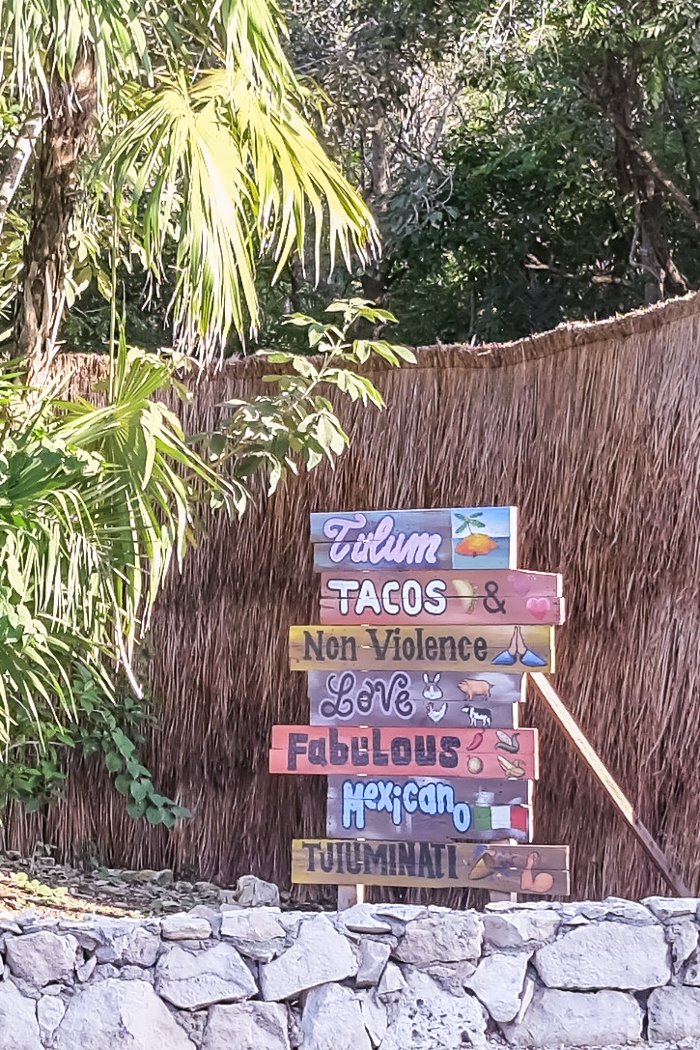
I was absolutely smitten with the area. My dude and I resolved to come back as soon as possible to eat at all the restaurants, explore all the natural cenotes and reserves, and relax at all the beach clubs we didn’t have time for this time around. I wouldn’t be opposed to moving here, I thought as we boarded the plane to come back to New York.
(If you’re headed to Tulum, then I also have a fashion guide and packing list full of eco-friendly options!)
Sewage in Paradise
But from the beginning of our trip, I began picking up on some clues that something was off. My dude commented on the near constant sound of chainsaws up and down the beach road at construction sites, and the trash lining the road. Indeed, there was a sickening amount of discarded water bottles and other refuse. And sometimes the smell of sewage would waft by at odd moments.
Near the end of our stay, we closed out the dance floor at a popular jungle restaurant and bar at 1 AM. As the music ceased, suddenly the roar of a generator hidden back in the jungle became apparent. “Is that generator powering the whole restaurant?” I asked an employee. “Yup,” he said. “There’s no electricity past the main town. Almost everything is powered by generators.” I thought back to the hundreds of businesses lining the beach road, imagining their diesel generators gulping gas and belching emissions and particulates into the formerly pristine air.
And then, I sat down to write this post and started doing some research, and I found this Newsweek article on the rampant government corruption and mass pollution of Tulum. It made me sick to my stomach. Some excerpts:
An estimated 80% of Tulum’s hotels lack proper water treatment. “The hotels advertise themselves as being ‘eco-chic,’” says Juarez, a recent evictee. “But they don’t care at all about the ecosystem. They throw their sewage water straight into the ocean.”
A 2013 study of Tulum’s underground river system published in the Journal of Environmental Protection found that many hotels “dump sewage directly into mangrove swamps or inject the improperly treated wastewater into saline water just below the freshwater.” As a consequence, “fecal contamination is widespread.”
…wastewater, even when treated for solid contaminants, increases the levels of nitrogen and phosphorous in the ocean, which produces algae. The algae competes with the corals for nutrients and causes disease and bleaching in the reef. “When combined with climate change,” he says, “the result is disastrous.”
“There is no garbage system,” says Xavier Peralta, an environmental activist. “It’s all just dumped in the jungle.” Some 6 miles west of town, the city’s dump is a sprawling, towering mass of waste. “Imagine what happens when it rains, and that rotten broth is filtered underground.” He adds, “Tulum is a ticking time bomb.”
And a commenter added:
This article doesn’t mention the fact that many properties that aren’t connected to municipal water and don’t pay for agua potable truck deliveries rely on groundwater well pumping. This means a property can have a septic tank leeching [sic] human excrement directly into the ground water and 5 feet away a well for water needs of the property such as bathing, dish washing, toilets, garden, etc.
That’s right, if you stay at the wrong resort, you could be taking a shower in water contaminated with human fecal matter. Don’t open your mouth.
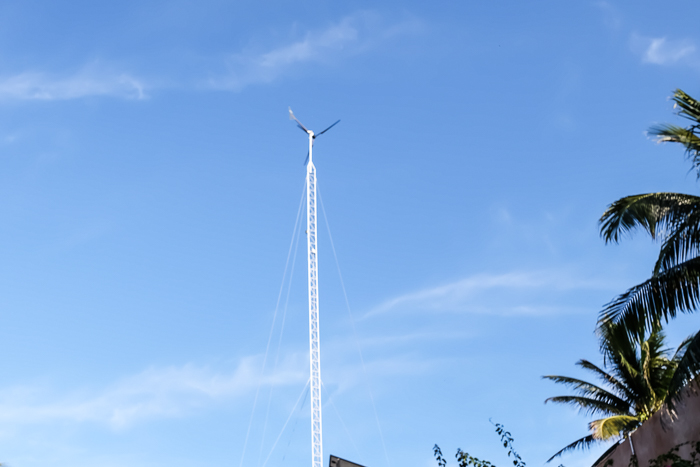
Should You Boycott Tulum?
I felt duped and conned. I’m a sustainable journalist and blogger, and I had trusted in Tulum’s promise of providing me with a eco-friendly yet incredibly hip experience. Instead, it seemed, I was part of the problem, driving up property prices and putting $$$ into the eyes of unscrupulous developers, adding to the contamination with my waste, and partying with the aid of diesel fuel.
Does that mean the next time my friends all head down to Tulum, I should boycott the trip? Do I need to send this article around to everyone I know, urging them not to go?
No, I don’t think that is the solution. Tulum’s nonexistent infrastructure is a problem, but there are resorts and restaurants and people who are truly striving for sustainability in creative ways, and they should be supported. If you educate yourself, you can enjoy your time in Tulum and direct your dollars to the truly eco-friendly and conscious aspects of Tulum while avoiding the aspects that are devastating to the environment. Here’s how:
Understand the basics.
First, there is Tulum pueblo, or the town proper. It’s a typical Latin America town, filled with tourist shops and restaurants. It’s on the grid, though according to the Newsweek article, its handling of waste is highly suspect. We stayed in town at an AirBnb because we went last minute for New Year’s Eve, and there was literally nowhere left to stay.
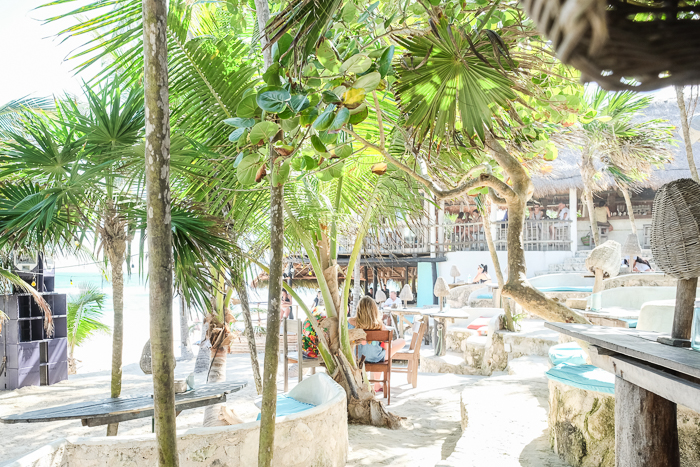
But the bougie area of Tulum, with beach clubs and high-end resorts, is the beach area, comprised of one long road sandwiched in between the beach and jungle. Addresses of businesses are given to you via kilometers. For example, if they say KM 8.2 Carreterra Tulum Boca Paila jungle side, that means go down the beach road 8.2 kilometers and look to your right.
During high season, many tours, restaurants, and spas require advance reservations. I know, I hate planning out my entire beach vacation in advance as well (especially knowing how we would run into friends and want to be flexible). But we got turned away from restaurants, spas, and even the Sian Ka’an Reserve for not having a reservation. So schedule your must-dos before you arrive. Maybe do a morning massage at a spa, the Sian Ka’an tour, then dinner at a popular restaurant.
Wifi is quite spotty. We went 12 hours at a time without service, which normally could be a great thing, before checking in at a café and playing Facebook messenger tag with our friends who were trying to meet up. I highly recommend you write down exact addresses of all the places you want to visit beforehand. The locals do this thing where they perpetually tell you your destination is only a 15-minute walk away until you find yourself collapsing at the door 45 minutes later!
Another important thing to share is that you need cash (in pesos) for everything. (You need electricity to run a credit card machine!) The Cancun airport has a terrible exchange rate, so get just enough to pay for your car transfer to Tulum. The only place you should get cash from in Tulum is the large grocery store in between town and the beach area, called Chedruai. The ATMs on the beach road, of which there are many, don’t work, and are rumored to lead to fraud.
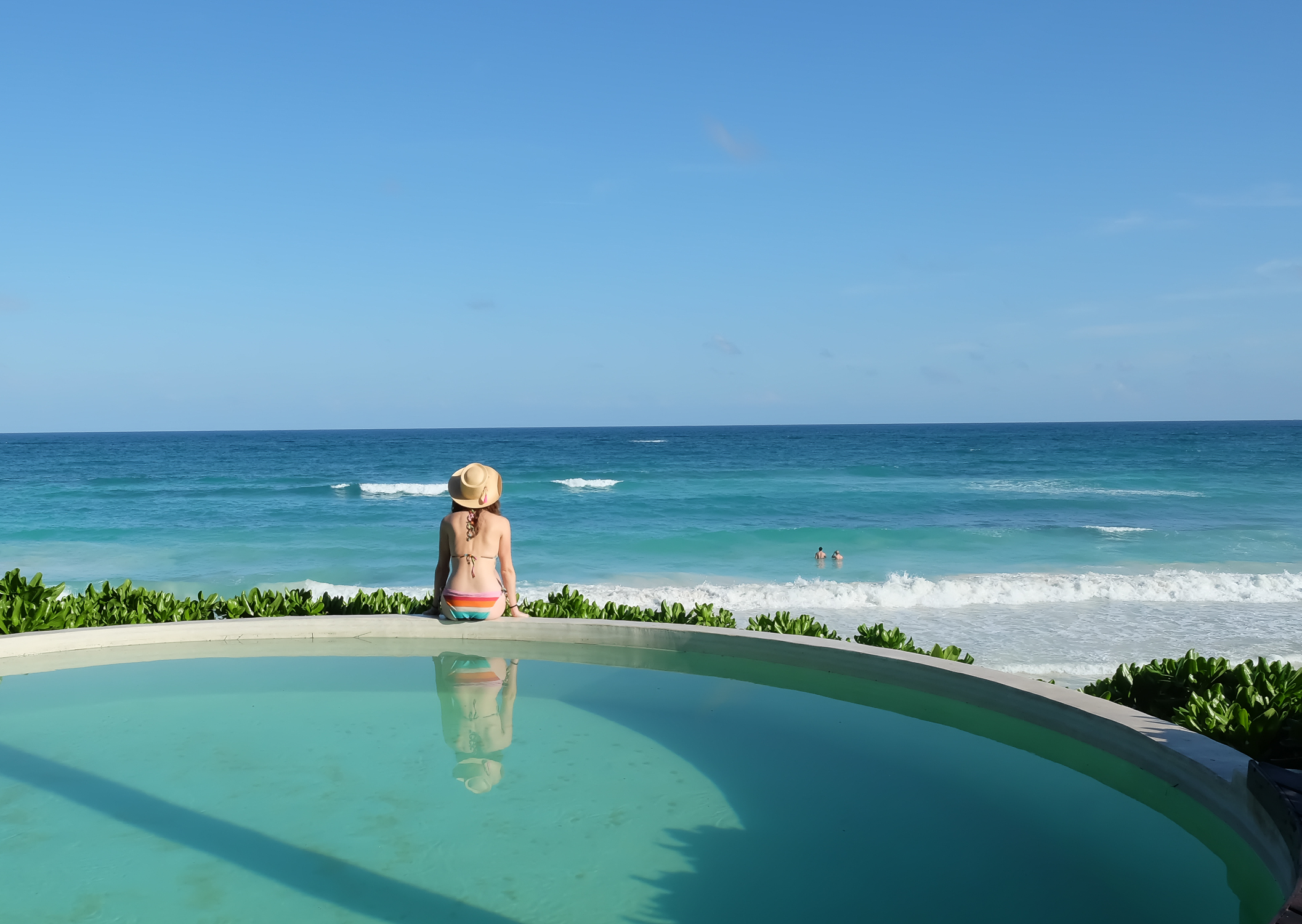
Pick a (really truly) eco-friendly resort.
Please, whatever you do, don’t stay in a condo or megaresort. Condos are big buildings built overtop a fragile ecosystem by corrupt developers. They are the antithesis to the eco-friendly side to Tulum. Why stay in an antiseptic box when you are in such a gorgeous paradise?
As you search for the perfect resort, here’s what to look for:
- Sewage: Concern number one! Composting toilets are best, and an on-premises filtration system that puts out the almost pure water to a garden. Otherwise, they should be able to talk about how they handle it and whether they are cognisant of the risks of having a leaky septic tank.
- Electricity: How do they generate it? Solar and wind are best. Find out if they have rules for electricity usage – limiting your usage of air conditioning to certain hours is a good thing! Traditionally, resorts and beach residents used candles at night, and some still do.
- Water: Do they have a special purification system and what kind is it, or do they buy potable water from trucks that haul it in? The former is preferred.
- Physical footprint: Are the buildings on stilts above the sand? Or do they plunk heavy buildings down on top of sea turtle nesting grounds?
- Food and sourcing: Where do they source materials, furniture, decor, toiletries, and food from? It should be locally, from organic farms and artisans.
In this regard, there are a few excellent resorts by the beach:
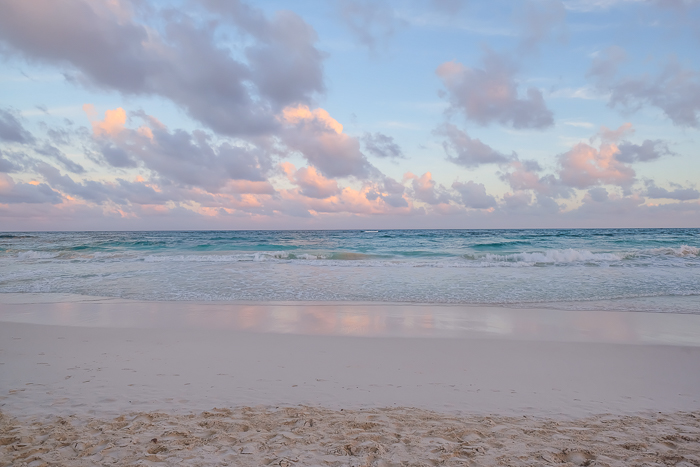
Prana Boutique Hotel, located between the beach and the town, says they don’t promote themselves as eco-friendly, but they do a lot to keep it sustainable. They give away used glass bottles so that locals can use them as decoration for wall constructions to let light through (and are currently using used glass bottles to build a vegetable garden for their veggie-focused restaurant). They don’t use any plastic bottles and use metal reusable straws. They provide glass bottles in the rooms with water, which are cleaned and refilled every day. Their shampoos and body washes are from Ixchel, a local organic producer, and they re-use the plastic shampoo containers with new labels until they are not presentable anymore. Their wastewater filtration system uses three filters and then passes that water along to irrigate the plants in the hotel’s garden. They provide booklets in every room with recommendations on what to do and what not to do in Tulum and the Riviera Maya. (One such recommendation is to avoid parks that let you swim with the dolphins!)
Papaya Playa Project is one self-billed eco resort. (Habitas, which I wrote about last summer, just opened a new resort on the same property.) During the New Year’s Eve week, it was impossible to get in, because of how popular a beach club it has. In July of 2015, PPP launched a mission to achieve a zero emissions and zero contamination community by June 2018. As of right now, they have achieved “zero aquifer contamination, and reduced carbon emissions by almost 66% in comparison to pre-emission levels.” They have a solar system that is sustainably fabricated in Mexico. Wastewater is treated and irrigates PPP’s plants and the jungle. The food is locally grown and organic wherever possible. Papaya Playa Project even has a cashew nut orchard with banana and coconut trees that they are in the process of revitalizing with organic fertilizers. The construction of the resort retained 93% of the original jungle, with the rooms raised off the ground, and the resort’s crafts, decorations, furniture, fabrics, weaving, hammocks, and materials are all sourced from Mexican and Mayan artisans. Just be aware that those Funktion One speakers take a lot of power, so generators are reportedly needed for parties.
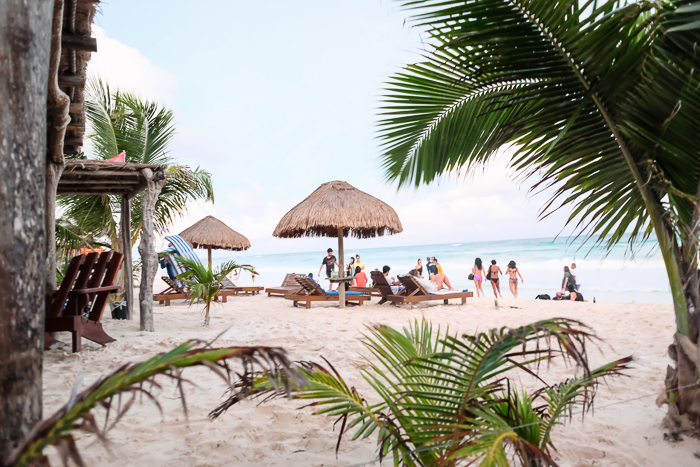
You could also stay at Ahau, which has a great beach club that gets bumping at night with top international DJs on the decks. They have a rainwater catchment system, composting toilets, and an artificial marsh filtration system purifies their wastewater and returns it to the gardens. Their to-go cups, straws, containers, and trash bags are biodegradable. Glass soda and beer bottles are returned to the producer and refilled. The resort was built without disturbing any mature trees on the land, using wood sustainably harvested by the local Mayan people. The buildings are situated to take advantage of natural shade and catch the breeze, to reduce the need for air conditioning. They landscape with local species, and clean the beach each day. They provide natural toiletries made nearby in Merida, and only work with eco-conscious tour companies that promote awareness of the living Mayan culture. (No word on energy generation – tell me if you know!)
If you would like a little more rustic experience, try Harmony Glamping. The hotel’s main building is built using sustainable materials, such as dead wood harvested by Mayan communities, and rock sourced from its own land. Though some of the walls are made out of construction block, they used a Mayan material Sascab and sand to coat them. All the beds and most of the furniture is made from recycled pallets. The house is oriented to catch the most sea breeze and north winds to reduce the need for air conditioning. The waste water (gray and black water) is treated through a biodigester that allows them to reuse the water for underground irrigation of ornamental plants. Rainwater is also captured for the garden. No mature trees were cut or disturbed in the building process. All plants and the native garden plants are fertilized naturally by the use of worm castings and compost made at the hotel’s permaculture Green Beat farm, which supplies local restaurants with organic produce. (No word on energy generation – tell me if you know!)
Faye of Sustaining Life recommends Cenote Encantado, a supremely affordable campground near the reserve in the beach area. The tents come with a mattress, lights, and a fan, she says, and the campground has compost toilets, recycled greywater, a communal kitchen, hammocks, a fire pit, a yoga/event room, and a temazcal sweat lodge. They have a generator that runs at night to power the lights and fans.
Sanara. This beautiful resort is built with sustainably sourced materials, with structures raised above the sand to allow nesting turtles. It has rainwater collection systems, grey water recycling, and a microbe-based septic system. (They say they are currently investigating other systems for waste management.) They have solar power supplemented by generator power when needed, and source local organic produce and free-range eggs and meat whenever possible to supply to the cafe and restaurant (which I also recommend). They avoid the use of toxic cleaning products (unless required by law) and provide non-toxic beauty products dispensed from recyclable glass bottles and jars in the spa.
Casa Xixim is another eco resort that is located outside of town, but still within a short drive to the town and the main Tulum beach area. The home is solar-powered, but tied into the grid – it’s the first grid-tied, net-metered home on the bay. They have rainwater harvesting, composting wetlands, and a green roof; they hire local labor, purchase from local farmers, furnish with local crafts, and use locally-made, earth-friendly cleaning supplies.
Read more at Ecocult.
Have you been to Tulum, Mexico? What are your travel tips?
Also by Alden: Want to Change Your Life in 2017? Try Affirmations, Not Resolutions
Related: 5 Travel Hacks for the Weekend Getaway Your Soul Needs
4 Must-Visit Destinations for Your Next Spiritual Journey
Get more like this—Subscribe to our daily inspirational newsletter for exclusive content!
__
Photo: Alden Wicker


